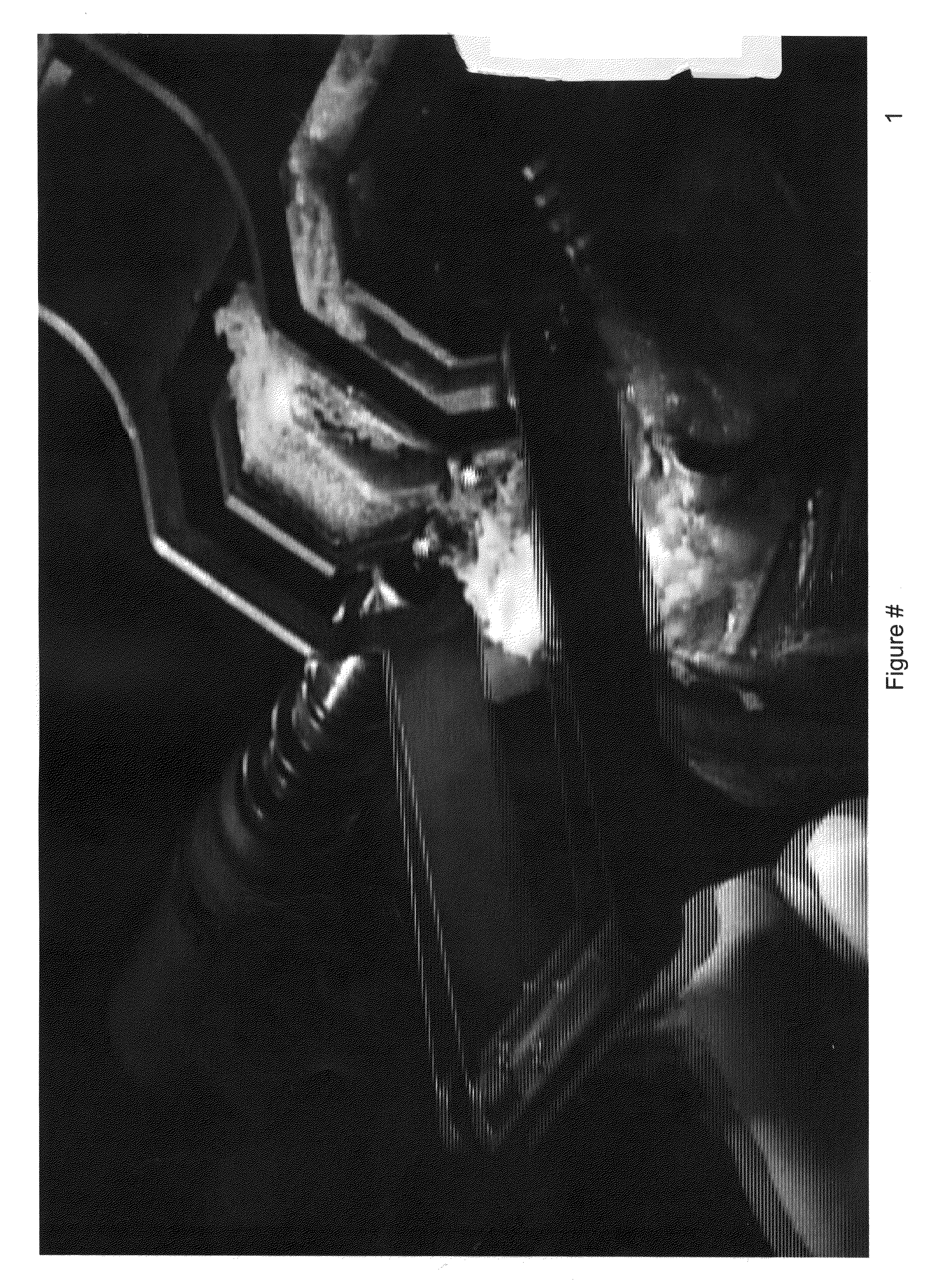Method and apparatus for wireplasty bone resection
a wireplasty and bone resection technology, applied in the field of wireplasty bone resection, can solve the problems of inability to consistently and/or properly locate and orient the distal femoral resection in a quick and efficient manner, the approach to using such planar saw blade instrumentation systems all possess certain limitations and liabilities, and the kind of error is further compounded. , to achieve the effect of reducing the incision size, reducing the risk of soft tissue damage, and reducing the size of the bone resection and bone resection and bone resection and bone resection and bone resection and wireplasty bone resection and wireplasty bone resection and wireplasty bone resection and wireplasty is a wireplasty and bone resection and wire resection and wire resection and which is applied in the field of wire resection and other problems, achieves the effect of resection and other a wireplasty bone re bone resection method and bone resection method, a wireplasty bone resection technique, applied in the field of wireplas
- Summary
- Abstract
- Description
- Claims
- Application Information
AI Technical Summary
Benefits of technology
Problems solved by technology
Method used
Image
Examples
Embodiment Construction
[0018]FIGS. 1 and 41 shows a Profile Based Resection (PBR) type cutting guide in conjunction with a side cutting drill in action. This will be recognized as an embodiment of the inventions of U.S. Pat. No. 5,810,827. The basic components are the side cutting drill, the PBR guide, the guide handle, and fixation features of the cutting guide, which in this case are cannulated screws or drill guides and 0.125 inch drill pins. The PBR guide possesses at least one plate to which the guide handle is engaged during cutting. A drawback about this particular design or embodiment of the PBR technology is that, in the hands of an average surgeon, it required an incision length of at least 6 inches in order to be attached to the femur and utilized to resect or cut bone. It is an object of some of the embodiments of the present invention to provide for improvements upon this design enabling it to be used in a manner that is less invasive or minimally invasive while maintaining the outstanding re...
PUM
 Login to View More
Login to View More Abstract
Description
Claims
Application Information
 Login to View More
Login to View More - R&D
- Intellectual Property
- Life Sciences
- Materials
- Tech Scout
- Unparalleled Data Quality
- Higher Quality Content
- 60% Fewer Hallucinations
Browse by: Latest US Patents, China's latest patents, Technical Efficacy Thesaurus, Application Domain, Technology Topic, Popular Technical Reports.
© 2025 PatSnap. All rights reserved.Legal|Privacy policy|Modern Slavery Act Transparency Statement|Sitemap|About US| Contact US: help@patsnap.com



